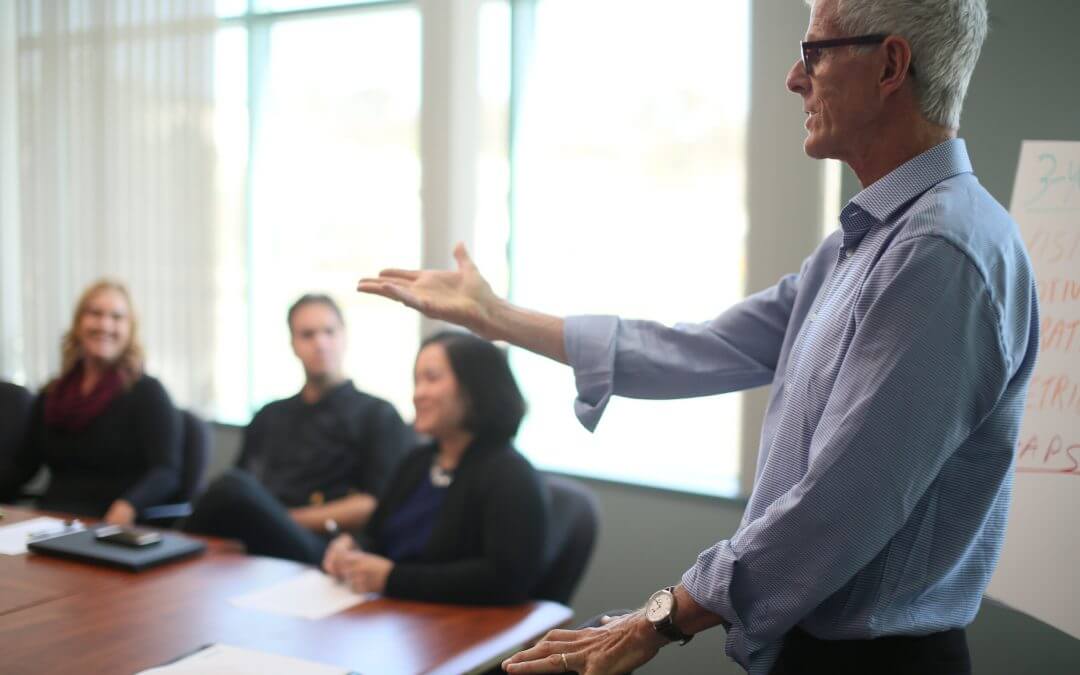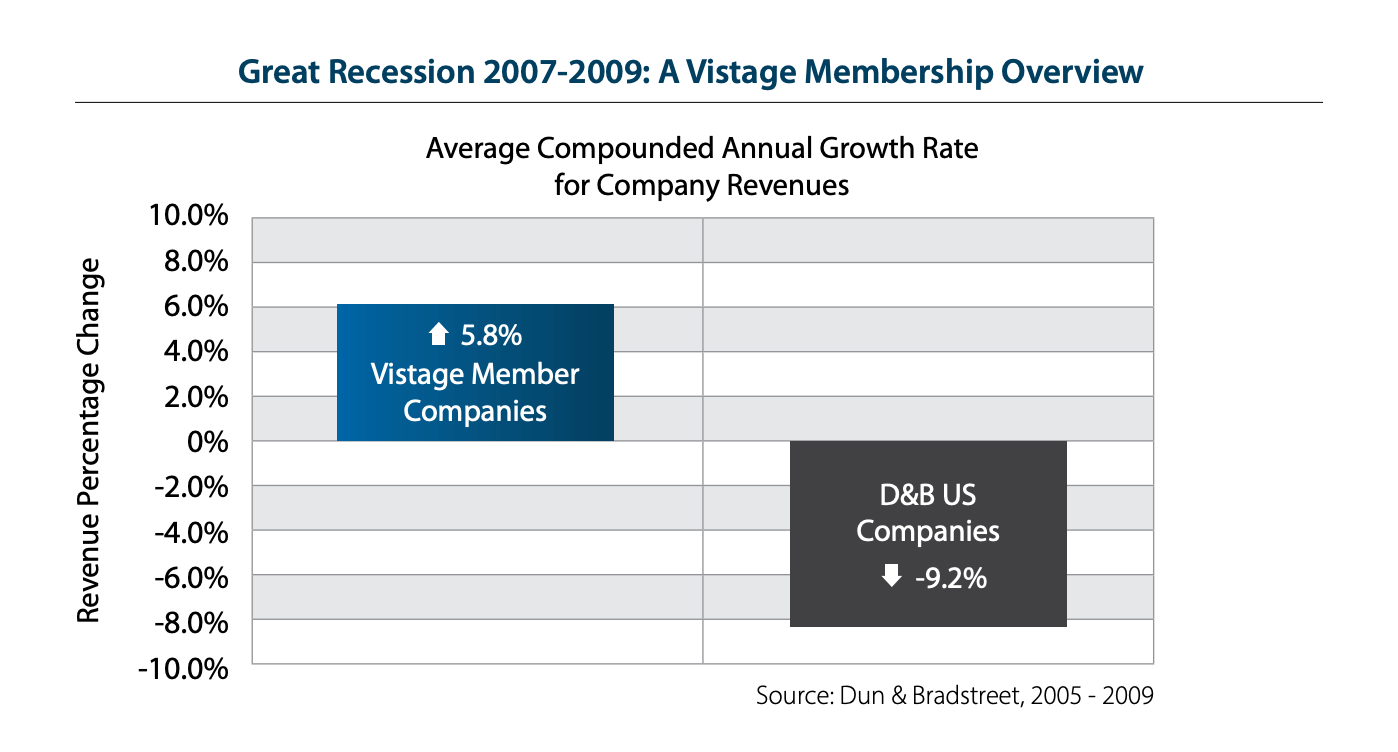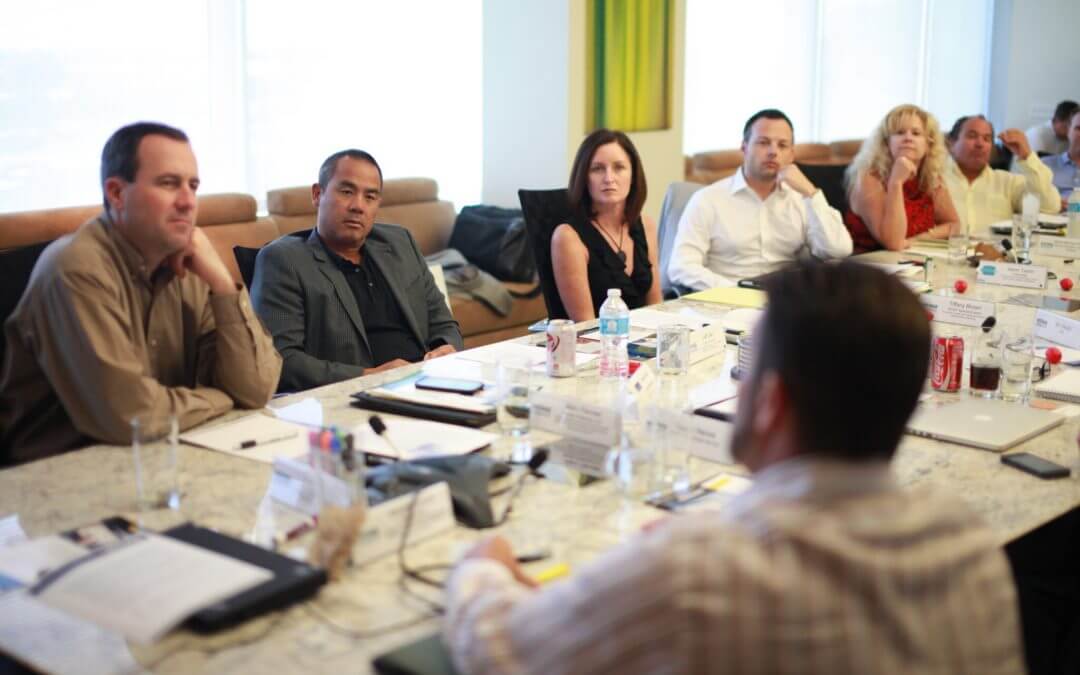Boeing’s 737 Max issues highlighted the company’s sacrifice of safety for financial performance, resulting in a tarnished reputation. The prioritization of profit over core values also damaged the FAA’s credibility and revealed a lack of accountability for top executives. This downfall serves as a reminder of the importance of maintaining core values and prioritizing them over short-term financial gains.

CEOs Identify the Most Significant Leadership Challenges They Face Today
Vistage’s Chief Research Officer, Joe Galvin, presents Vistage’s Q2 CEO Confidence Index Survey recapping our members’ opinions on the economy, financing, and the prospects for their own business. You can see the report here – “The First Steps of the Hard Climb to Recovery Begins.“
The survey shows that while CEO Optimism was one of the three lowest ever recorded, most CEOs are experiencing an increase in activity with the lifting of lockdowns. However, the survey data is before the initial wave was increasing in the South and West. I feel that we are “At the end of the beginning, rather than the beginning of the end.”
CEOs identified the most significant leadership challenges they face today, which fall into the following four categories:
- Morale. The most common theme shared by CEOs was maintaining and building morale with their leadership team and employees. It has been a very stressful three months for everyone, personally and professionally. The next three months won’t be any easier, which will challenge leaders to motivate a workforce with diverse needs. Priorities for leaders include keeping employees focused and positive, avoiding executive burnout, and inspiring the organization for the hard climb.
- Back to Work/ Work from Home. The pandemic has changed the workplace forever. CEOs have to redesign the workplace with physical health and safety as a priority, and also creates a feeling of protection for those employees returning to that workplace. Compound that with the broad acceptance of remote working as a proven option, which forces leaders to adapt their culture and communications to incorporate remote workers, engage in hybrid meetings, and accept that work-from-home is a permanent fixture in the new reality.
- Growth. Leaders need to crank the growth engine back on from a cold start. For 80% of businesses, revenue is down at some level since customers shut down or postponed non-essential purchases over the last three months. Creating new demand, re-engaging with customers, and rebuilding opportunity pipelines are all prerequisites to rebuilding business volume. Quickly adjusting to changed customer behaviors and shaping messages that connect to their new reality will accelerate the return to the growth curve.
- Uncertainty. Undercutting everything is the uncertainty leaders feel and face in every direction. There has never been a business scenario like this except in classrooms. Uncertainty about the pandemic’s length, the economic outlook, and the unknown impact on their markets are some of the difficulties facing leaders. Forecasting has become a black art once again, as pre-COVID financial models have lost relevance. The absence of data or clear direction will force leaders to rely on their instincts and judgment to make the best decision and be prepared to adapt quickly.
Recent Posts
The Downfall of Boeing: A Lesson in Core Values
Resolutions, Here We Go Again.
In reflecting on 2021 resolutions, the author scored themselves in three categories and sought to improve success in 2022 by addressing friction points. Drawing on advice from social psychologist Wendy Wood, the author identified areas to reduce or increase friction in their failed resolutions. By making these adjustments, the author aims to enhance their goal achievement and encourages others to consider friction when setting resolutions.
You need to take an extended vacation. No, seriously, you do.
COVID has taken a toll on all of us. If you have not taken an extended vacation in a while where you disconnect, you need to now. You and your business will benefit.
Becoming Famous in Your Niche: The Success Story of Linn Products Limited
In a previous discussion, I highlighted the importance of being famous for something. Being well-known in your niche can help you: Concentrate on your strengths Connect with your target audience Communicate your offerings more effectively Receive referrals Identify...
Understanding and Optimizing Your Cash Conversion Cycle
Understanding and optimizing the Cash Conversion Cycle is crucial for business growth, as it impacts cash flow and the ability to access external capital. This cycle consists of four components: Sales, Make/Production & Inventory, Delivery, and Billing and Payments. To improve the Cash Conversion Cycle, companies can eliminate mistakes, shorten cycle times, and revamp their business models.
Discovering Your Niche: Why You Need to Be Famous for Something
As an entrepreneur, it’s crucial to specialize in a specific area and become famous for something, allowing you to generate referrals and build your brand. Understanding the “job” you’re hired for helps you stand out in the marketplace and communicate your value proposition effectively. By providing value to your clients, you can adopt a value-based pricing approach, ensuring your business remains competitive and maintains a strong market presence.
Rethinking Your Pricing Model: Maximizing Margins and Providing Value
Rethink your pricing model by focusing on the value you provide and your customers’ Best Alternative To a Negotiated Agreement (BATNA). This approach can help you maximize margins while delivering better value to your clients. Assess your offerings and brainstorm with your team to identify pricing adjustment opportunities or eliminate commodity products or services.
Do you know your Profit per X to drive dramatic growth?
I recently facilitated a workshop with several CEOs where we worked on the dramatic business growth model components. One of the questions that I had asked them beforehand was, "What is Your Profit/X?" The results showed that there this concept is not clear to many....
The War for Talent: 5 Ways to Attract the Best Employees
In today’s War for Talent, attracting the best employees requires a focus on value creation, core customer, brand promise, and value delivery. Clearly articulate your company’s mission, identify your “core employee” based on shared values, and offer more than just a salary to stand out as an employer. Utilize employee satisfaction metrics and showcase your company’s commitment to its workforce on your website to make a strong impression on potential candidates.
Are you killing your firm’s WFH productivity?
Productivity remained during WFH with COVID. However, further analysis found that hourly productivity fell and was compensated for by employees working more hours. What was the culprit – Meetings. Want to increase productivity, have fewer meetings.
















